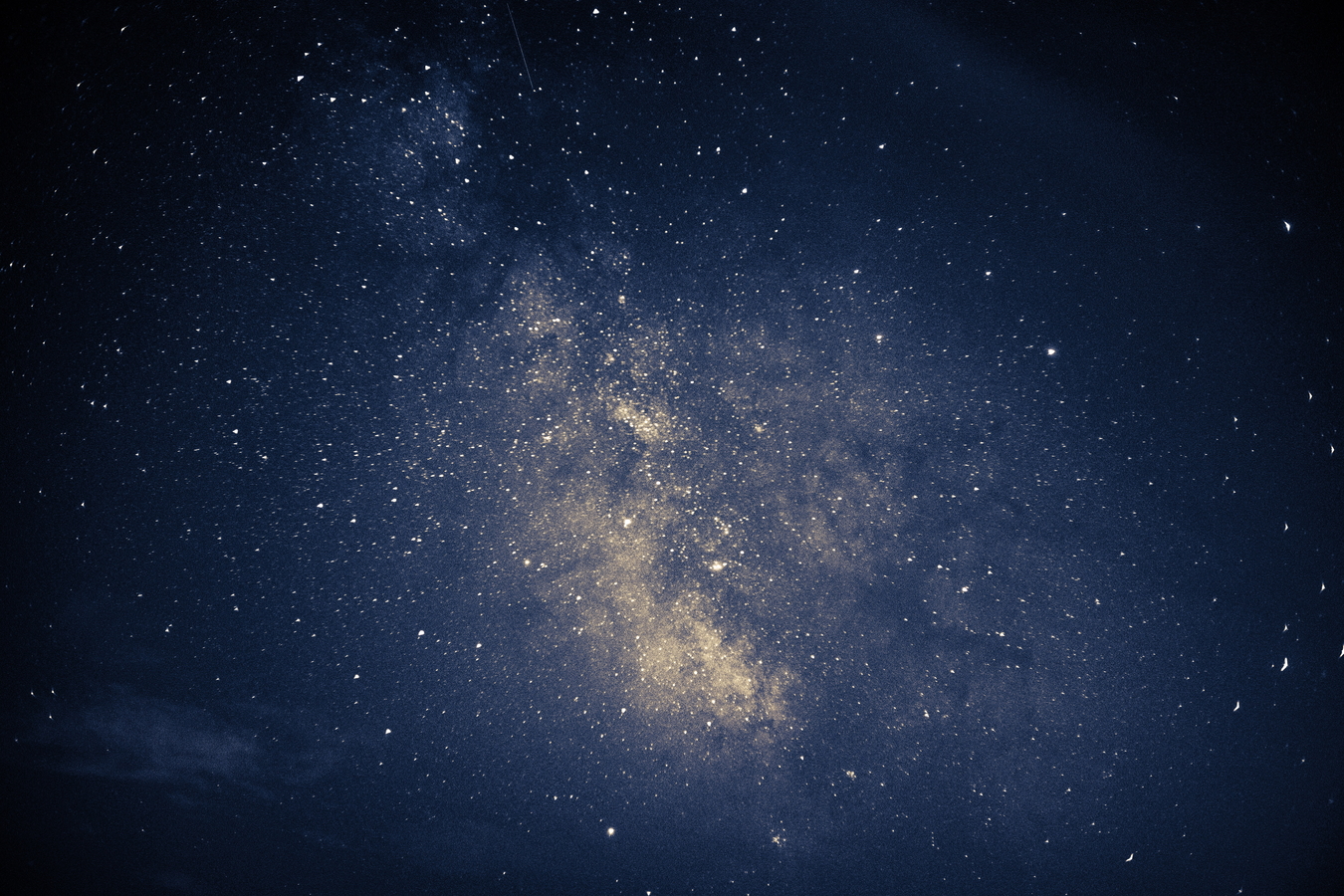Overview
The discoveries of thousands of exoplanets have presented a number of puzzles about their properties and origins. Deep, high-resolution images of protoplanetary disks have transformed our understanding of planet formation. In many disks, millimeter wavelength dust continuum observations have revealed intricate substructures that suggest that wide orbit giant planets can form on Myr timescales. Whereas initial high resolution disk surveys focused on the closest star-forming regions, new observations of the more distant and highly irradiated Sigma Ori star-forming region imply that the processes underlying the formation of disk substructures remain robust in more extreme environments. Moreover, molecular emission and scattered light observations are increasingly painting a messier picture of planet formation. Detections of large-scale arm and tail-like structures indicate that a number of disks are being perturbed by stellar encounters or late-stage infall of cloud and envelope material. Our observations suggest that these environmental interactions can influence the chemical and structural evolution of these disks, with implications for the compositions and architectures of planetary systems.
